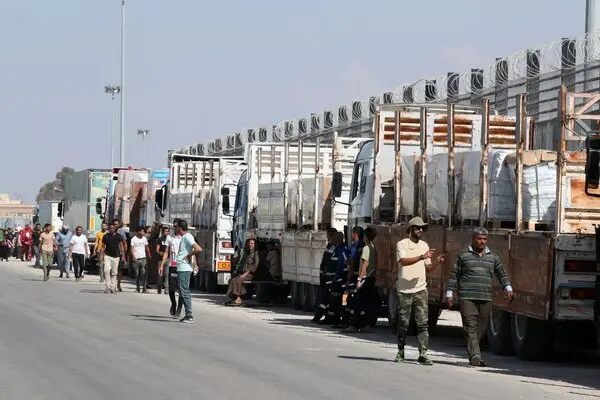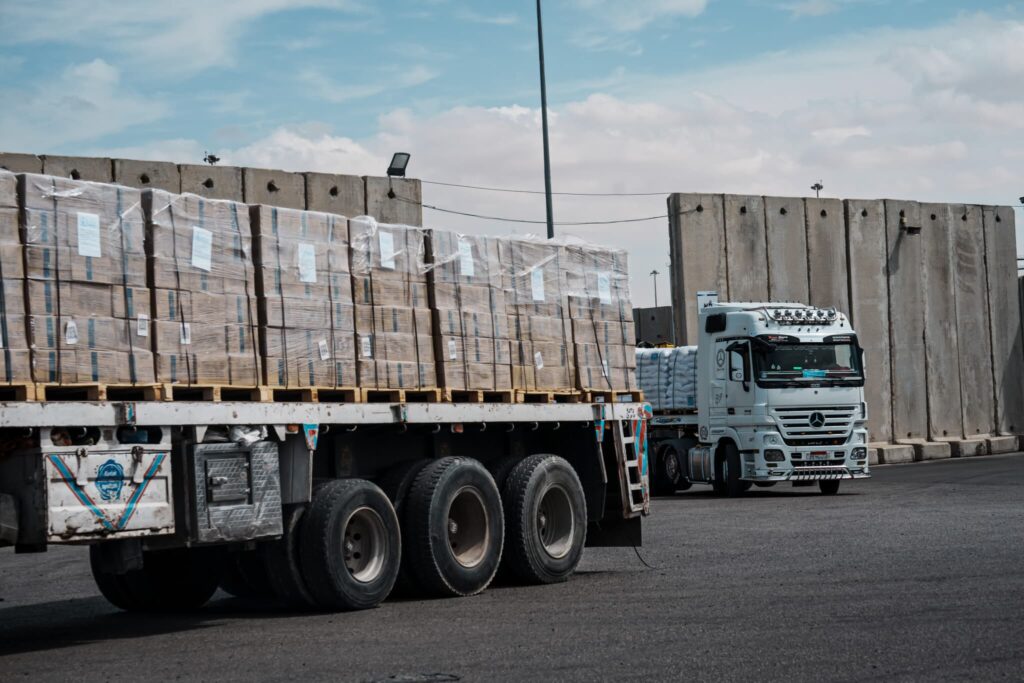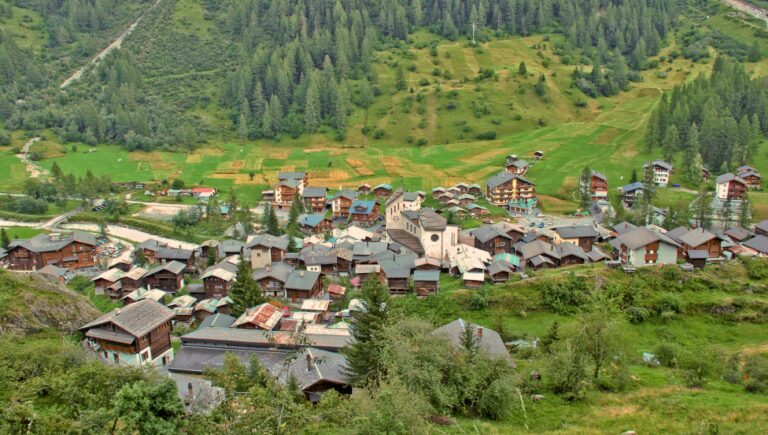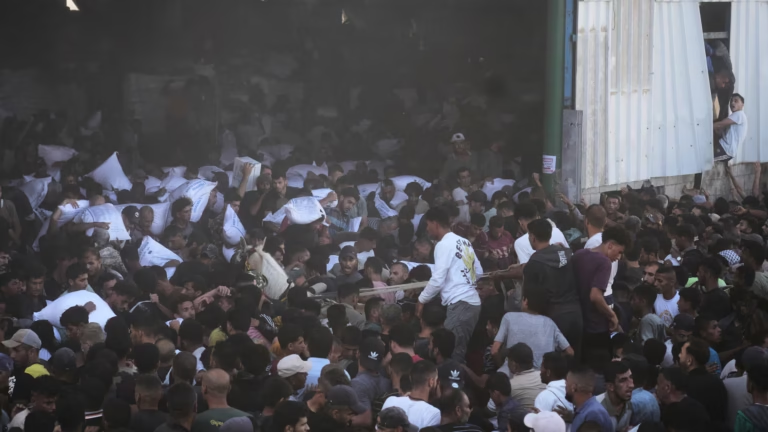
In response to growing international pressure and warnings from the United States, Prime Minister Benjamin Netanyahu has announced a significant boost in aid deliveries to Gaza23. The new plan includes:
- Increasing the Number of Aid Trucks: Israeli officials have set a target of 250 trucks per day to deliver humanitarian supplies to Gaza2.
- Immediate Resumption of Aid: Netanyahu approved the immediate resumption of humanitarian aid following a security cabinet meeting, aiming to prevent a hunger crisis that could threaten Israel’s military operations3.
- Secure Distribution Sites: Aid will be delivered to a limited number of “secure distribution sites” in southern Gaza, managed and protected in coordination with international organizations and the Israeli military6.
- Preventing Aid Diversion: The plan includes measures to prevent Hamas from seizing aid supplies, with the goal of ensuring that food and medicine reach civilians and not combatants34.
- International Oversight: Distribution will be facilitated through organizations such as the UN World Food Programme and the World Central Kitchen until a new US- and Israel-backed mechanism is operational3.
Why Is Aid Still Not Reaching Many Palestinians?

Despite these promises, the reality on the ground remains grim. Humanitarian groups say that the limited aid entering Gaza is not enough, and new Israeli regulations have made the distribution process even more complicated1. The main challenges include:
- Restricted Access: For over 50 days, no humanitarian aid entered Gaza, leaving people on the brink of starvation and without basic services5.
- Logistical Barriers: Aid trucks face long delays at border crossings, and the process of checking, repackaging, and transporting goods can take days5.
- Security Risks: Ongoing fighting and instability make it dangerous for aid workers to operate, further slowing down the delivery of supplies15.
- Distribution Issues: Many charities have had to halt or scale back food distribution due to shortages and high prices, leaving people in desperate need1.
- Hamas Diversion Concerns: Israel has accused Hamas of stealing aid, which has led to tighter controls and delays as new mechanisms are put in place to prevent diversion34.
How Is Aid Getting Into Gaza?
The most effective way to deliver aid into Gaza is through established land crossings such as Rafah, Kerem Shalom, and Erez5. The Palestine Red Crescent Society (PRCS) and the Egyptian Red Crescent have played critical roles in getting aid across the border and distributing it within Gaza5. However, with access restricted and supplies dwindling, their efforts are not enough to meet the massive needs of the population.
Since the beginning of March, no aid—including food, medicine, and essential supplies—entered Gaza for more than 50 days5. This has left millions of people struggling to find food, water, and shelter. The Red Cross and Red Crescent Movement are ready to increase aid deliveries, but they need safe and unimpeded access to do so5.
International Pressure and Political Motivations
Netanyahu’s decision to resume and increase aid deliveries comes amid mounting international pressure, especially from the United States234. American officials have warned that continued military support for Israel could be at risk if the humanitarian situation in Gaza does not improve24. Netanyahu himself admitted that the pressure was “approaching a red line,” and that preventing images of famine in Gaza was necessary to maintain international support for Israel’s military campaign4.
Israel’s stated goal is to defeat Hamas and free hostages, but officials acknowledge that they cannot allow a famine to develop in Gaza, as it would undermine their broader objectives and international standing4.
The Human Cost: Stories from Gaza
On the ground, Palestinians are waiting anxiously for more aid to arrive. Many have lost their homes, loved ones, and livelihoods. With food scarce and prices high, families are forced to make impossible choices every day1. Aid workers describe heartbreaking scenes of children suffering from malnutrition, parents unable to provide for their families, and entire communities on the brink of collapse15.
Despite the challenges, organizations like the Palestine Red Crescent Society continue to work tirelessly, distributing what little aid they can and providing essential support to those in need5. Their presence across Gaza, from north to south, is a lifeline for many families5.
What Needs to Happen Next?
For aid to truly reach those who need it most in Gaza, several key steps are necessary:
- Unrestricted Access: Humanitarian organizations must be allowed safe and unimpeded access to deliver aid throughout Gaza5.
- Sustainable Delivery Mechanisms: The new secure distribution sites must become fully operational, and international oversight should ensure aid reaches civilians and not armed groups346.
- Increased Aid Volumes: The number of aid trucks entering Gaza must meet or exceed the daily target to address the massive needs2.
- Long-term Solutions: Beyond emergency aid, there must be efforts to rebuild Gaza’s infrastructure, restore access to clean water and healthcare, and support economic recovery.
Conclusion: Hope Amid Hardship
The people of Gaza are enduring unimaginable hardship. While Netanyahu’s new aid delivery plan is a step in the right direction, much more needs to be done to ensure that humanitarian supplies reach every Palestinian in need. The world is watching, and the stakes could not be higher.
As the situation evolves, it is crucial for international actors, aid organizations, and local authorities to work together, remove barriers, and prioritize the lives and dignity of Gaza’s civilians. Only then can hope begin to return to a region that has suffered for far too long.
Focus Keywords: Gaza aid delivery, Netanyahu Gaza plan, humanitarian crisis Gaza, Gaza food supplies, aid to Palestinians, secure distribution sites Gaza, Palestine Red Crescent, Gaza blockade, international pressure Israel, Gaza humanitarian aid
Interlink Suggestions:
- For updates on the humanitarian situation in Gaza, see our article on [How Aid Is Getting Into Gaza].
- Learn more about the role of the Palestine Red Crescent in [Gaza Aid Operations].
External Link Suggestions:
- For official updates, visit the [British Red Cross Gaza Crisis Appeal].
- Read more from [UNICEF] on child malnutrition in Gaza.



